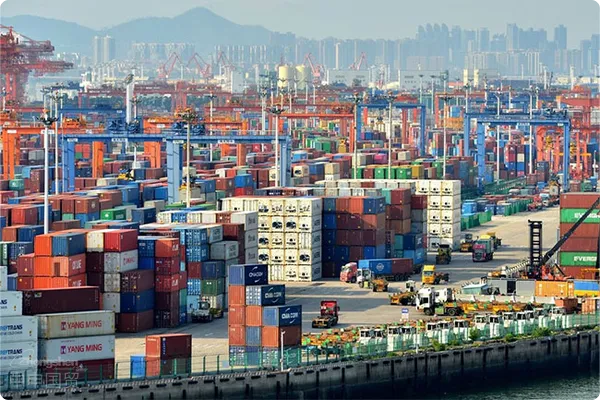- Shanghai Zhongshen International Trade Co., Ltd. - Two decades of trade agency expertise.
- Service Hotline: 139 1787 2118

The "Triangular Balancing Technique" of Import Equipment Agency
The global equipment procurement volume is projected to exceed $2.3 trillion by 2025, yet nearly 40% of import disputes stem from contractual loopholes. As a core tool for risk control, the tripartite agency agreement directly impacts whether millions of dollars' worth of equipment can clear customs smoothly. Based on 20 years of practical experience, this article dissects the key risk points in such agreements.
The three key pillars of the protocol architecture.
A typical tripartite agreement needs to balance the rights and interests of the importer, agent, and supplier:
- Responsibility Matrix Table
- Supplier: The quality assurance period starts fromGoods arrived at the factoryStart calculation
- Agent: Compensation for customs clearance delays is calculated as follows:Daily interest rate of 0.05%Count
- Importer: The advance payment shall not exceedTotal contract price 30%
- Payment Firewall Mechanism
- L/CThe opening must includeThird-party Inspection Clause
- Final Payment BindingEquipment Trial Run Acceptance Report
- Dispute Resolution Sandbox
- Technical disputes should be submitted first.Commercial disputes mandatorily applyAppraisal
- Mandatory application of commercial disputesSingapore Arbitration Rules
Strategies for Addressing the 2025 Tariff Regulations
According to the latest HS code adjustment plan, industrialEquipment ImportsSpecial attention should be paid to:
- Intelligent componentsFiling separately can save 3-7% in tariffs.
- Refurbishment of old equipment requires provision ofOriginal Factory Modification Certificate
- The EU CE certification has been expanded.Cybersecurity moduleRequirements
Practical Case: A Costly Lesson from an Auto Parts Factory Worth Tens of Millions
In 2024, when a company in Zhejiang imported stamping equipment from Germany, the agreement failed to specify:
- Maritime TransportationThe responsible party for bundling caused the equipment to overturn.
- Cost-sharing ratio for localization transformation
- The transfer time point of the software license.
This ultimately resulted in additional expenditures amounting to 18% of the contract value. The revised agreement added:
- FCA TermsVisual Flowchart of Loading and Unloading Responsibility
- Delivery of technical documentationThree-level acceptance criteria
- When the exchange rate fluctuation exceeds 2%,Dynamic Pricing Mechanism
Five Golden Criteria for Selecting Agents
- Customs AEO Certified Enterprise (Verification Code:AEOCN2025Trade dispute settlement mechanisms
- Established in the target countrySelf-operated customs clearance team
- The shipper with theSpecial Qualification for Import of Electromechanical Products
- ProvideEnd-to-end insurance package solution
- Historical dispute resolution success rate ≥95%
A Four-Dimensional Monitoring System for Agreement Execution
It is recommended that enterprises establish:
- Timeline management
- Trigger an alert if the deviation at key milestones exceeds 3 days.
- Cost Sandbox Simulation
- Dynamic calculation of exchange rate/tax rate fluctuation impacts
- Document Cloud Archiving
- All transaction documents are stored on the blockchain for verification.
- Emergency response channel
- 24/7 technical/legal support
Related Recommendations
? 2025. All Rights Reserved. Shanghai ICP No. 2023007705-2  PSB Record: Shanghai No.31011502009912
PSB Record: Shanghai No.31011502009912










